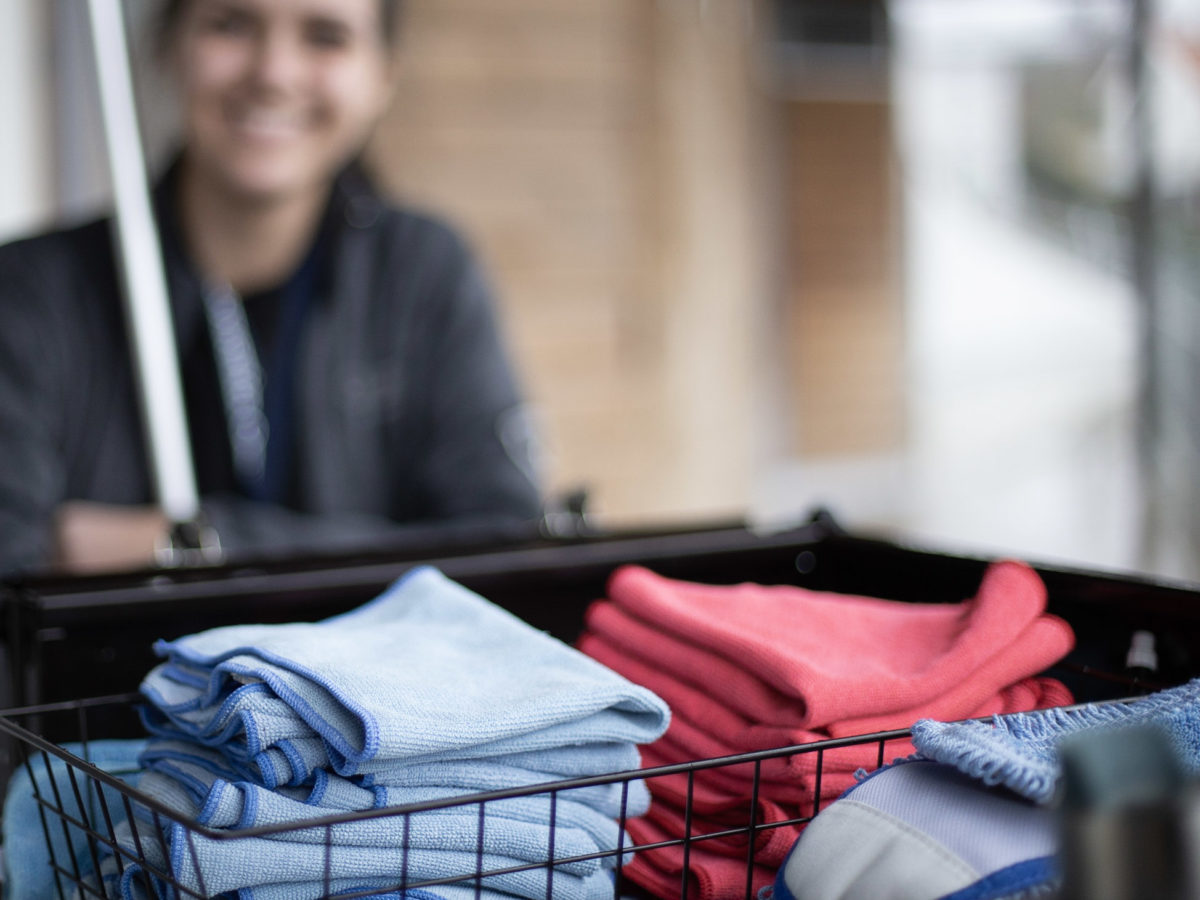Sick people must stay at home
Good hand and cough hygiene and enhanced cleaning
Keep at least 1 meter distance to others
Sick people must stay at home
Good hand and cough hygiene and enhanced cleaning
Keep at least 1 meter distance to others
We put the safety and health of our guests first. Therefore, there will be some restrictions this year, but we work to ensure that these do not prevent you, and your friends, family or colleagues, from having a fantastic stay at Oslofjord.
The municipal health service in Sandefjord Municipality has infection control expertise, and Oslofjord consults this service with questions about the organization and facilitation of infection control measures at Oslofjord.

There will always be a risk of infection, and cases of infection can occur even if good infection control has been exercised. Infection prevention measures reproduced here are taken to reduce the risk. The three main pillars for slowing the spread of infection are:
Sick people must stay at home
Good hand and cough hygiene and enhanced cleaning
Keep at least 1 meter distance to others and reduce contact
Employees, guests or others who become ill while they are present at Oslofjord must go home as soon as possible. Sick people who have to be picked up by others have to wait in a separate room or outside where there are no others. Sick people should not take public transport. Sick people should cover their mouths and noses if they cannot keep their distance from others to reduce the spread of infection. Afterwards, rooms, toilets and other areas where the patient has stayed are cleaned.
If covid-19 has been confirmed in the household, close contacts must be kept in quarantine on the advice of the health authorities.
Hand washing with lukewarm water and liquid soap is an effective way to prevent infection. Dirt, bacteria and viruses detach from the skin during washing and are rinsed off with water. Wash hands frequently and thoroughly. The actual washing process should take at least 20 seconds.
Alternatives to hand wash:
Performed as a minimum for employees:
Performed as a minimum for guests and other users of Oslofjord:
Other:
Enhanced cleaning in exposed areas:
Equipment used by several people (eg copier, coffee machine, buttons in elevators, tablets, touch screens, keyboards, toys, etc.) is cleaned after use.
You and your close contacts can get along normally. Who is “your closest” you decide for yourself, but it should not be too many and it should be the same over time!
Keep an increased distance from others than your close contacts.
The symptoms are similar to those seen with colds and flu:
Those who become ill usually first have a sore throat, cold and mild cough in addition to feeling sick and muscle pain. Some people get diarrhea, but it is not common. Impaired sense of taste and smell can also be a symptom.
The symptoms can be mild in many cases, especially with regards to children. If you are uncertain, talk to your GP.
Many Norwegians suffer from pollen allergy in the spring months, and the symptoms can be quite similar to symptoms of coronavirus, such as stuffy or runny nose, sneezing, watery or itchy eyes and in some asthmatic problems.
Pollen allergy, on the other hand, does not cause sore throat, body aches or fever as coronavirus can.
The virus is transmitted in the same way as colds and flu. Viruses can be transmitted from the airways of a sick person to another person in three ways: